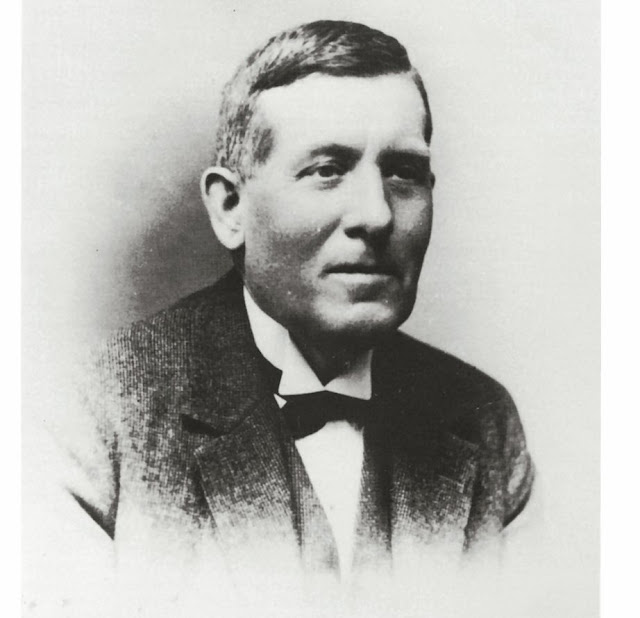Burrin, P.J. 1981. Loess in the Weald. Proceedings of the Geologists Association 92, 87-92
Wooldridge, S.W. 1932. Soil and civilization in South East England. South Eastern Naturalist and Antiquary 37, 56-58
Wooldridge, S.W., Linton, D.L. 1933. The loam terrains of South East England and their relation to its early history. Antiquity 7, 297-310.
"The overall impression gained from these studies is that loess or loessal-derived sediments may be widely distributed in the Weald. However, a recent discussion on the contribution of loess to soils in lowland Britain (Catt 1978) reports that reconnaissance of large areas of the Weald, especially the Weald Clay outcrop, revealed insignificant amounts of loessal material. Clearly there is controversy as to whether or not loess, or loessal-derived deposits, exist in this area, and in this context the results of a continuing research programme in the Weald are of relevance." (Burrin 1981)
Wooldridge, S.W. 1932. Soil and civilization in South East England. South Eastern Naturalist and Antiquary 37, 56-58
Wooldridge, S.W., Linton, D.L. 1933. The loam terrains of South East England and their relation to its early history. Antiquity 7, 297-310.
"The overall impression gained from these studies is that loess or loessal-derived sediments may be widely distributed in the Weald. However, a recent discussion on the contribution of loess to soils in lowland Britain (Catt 1978) reports that reconnaissance of large areas of the Weald, especially the Weald Clay outcrop, revealed insignificant amounts of loessal material. Clearly there is controversy as to whether or not loess, or loessal-derived deposits, exist in this area, and in this context the results of a continuing research programme in the Weald are of relevance." (Burrin 1981)
























